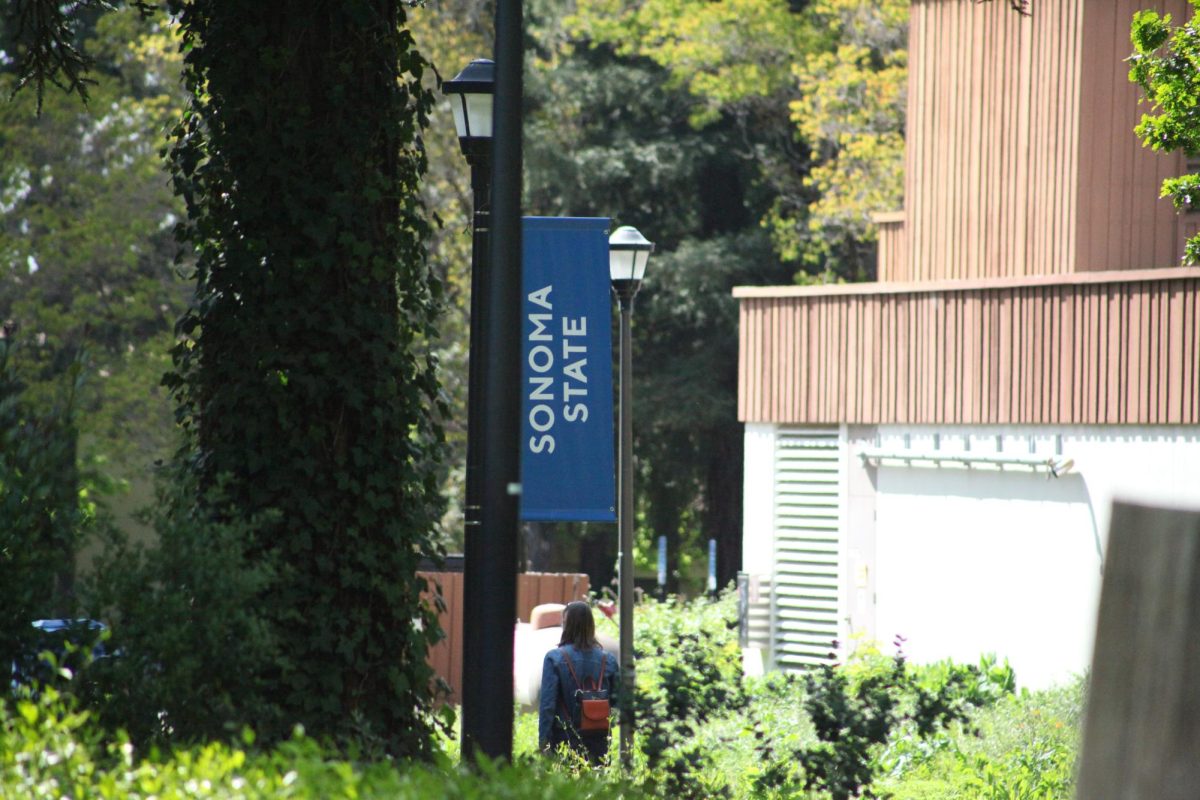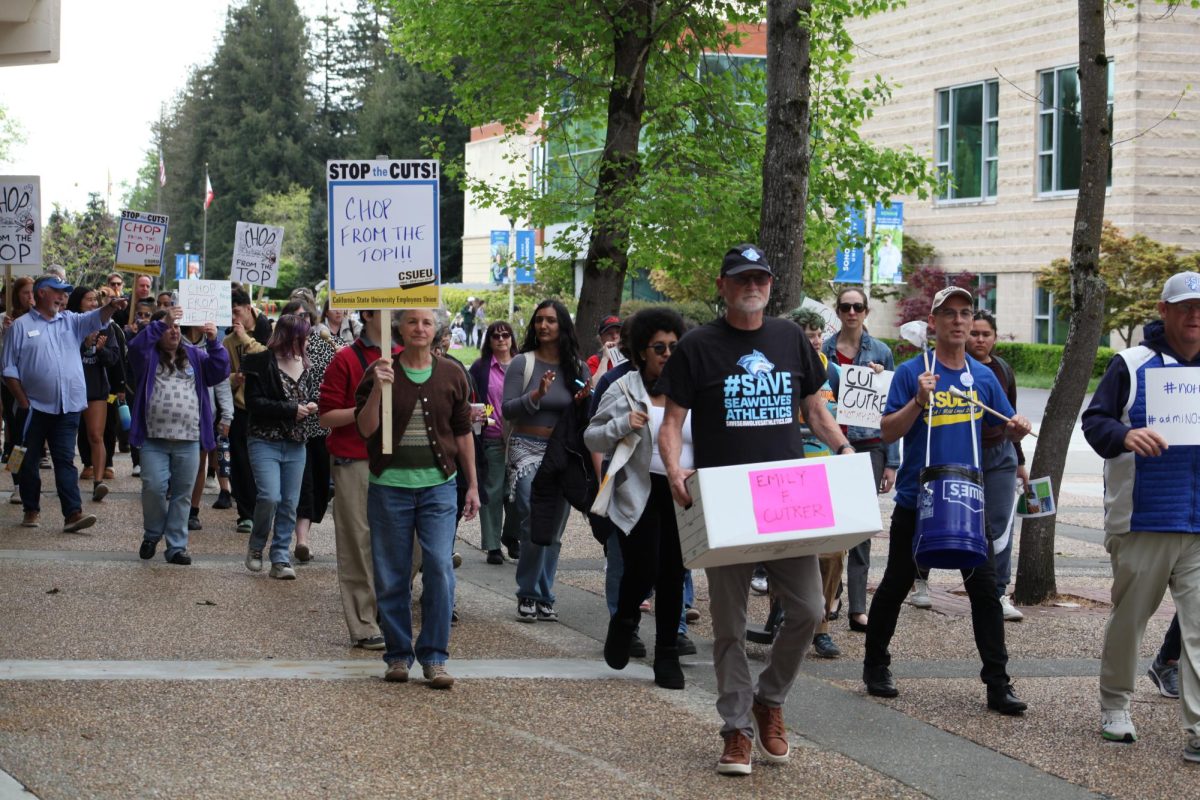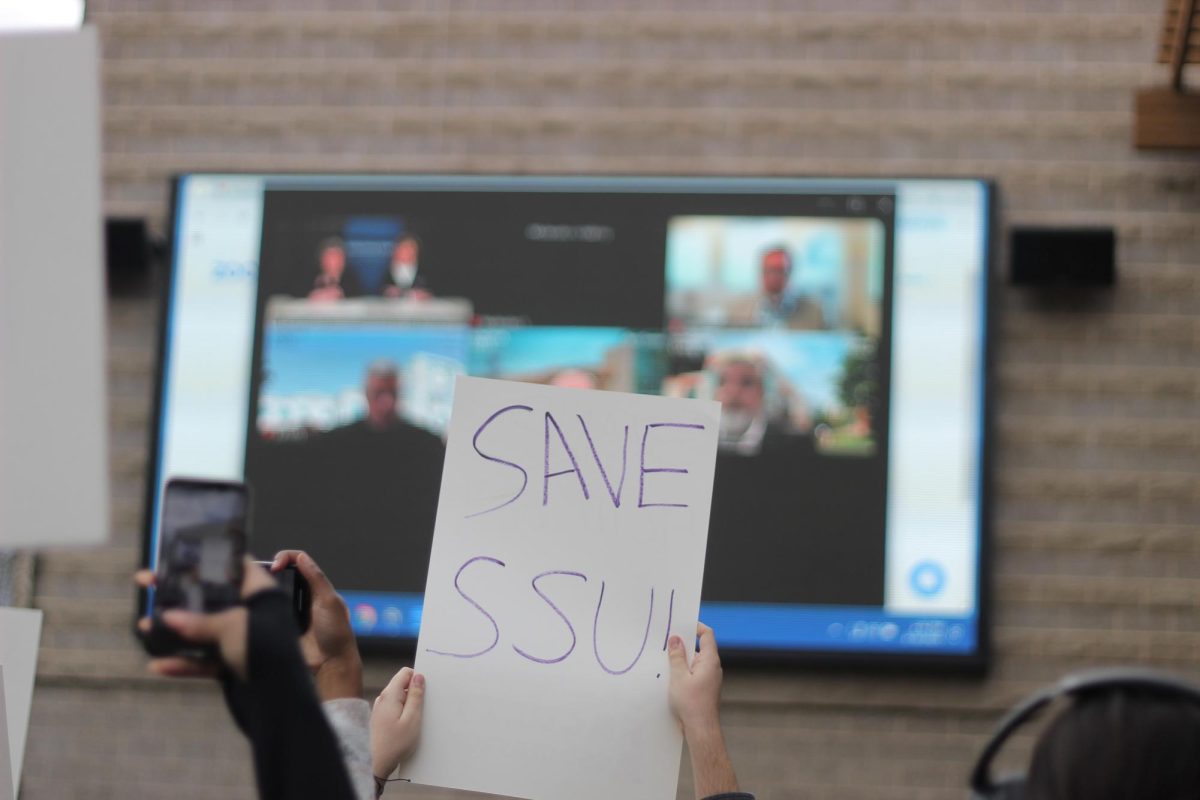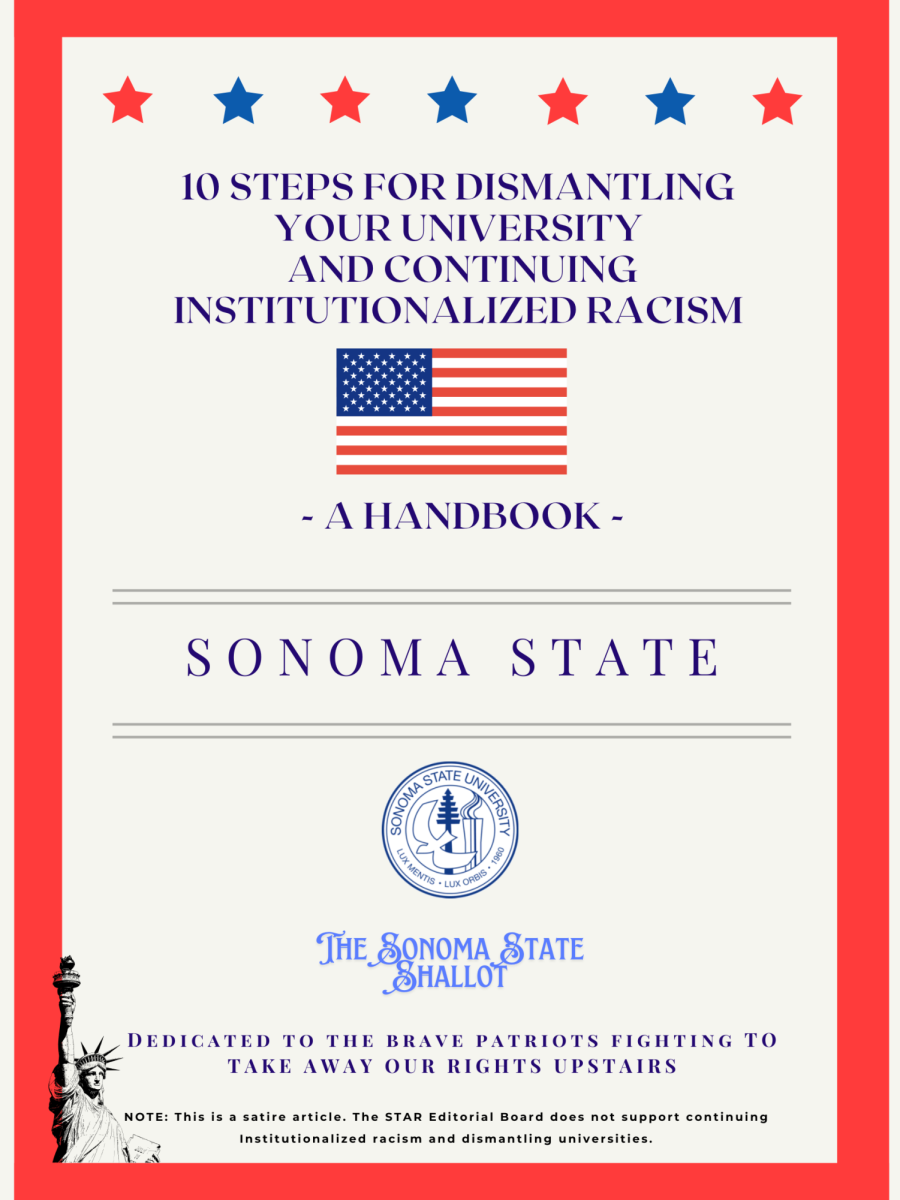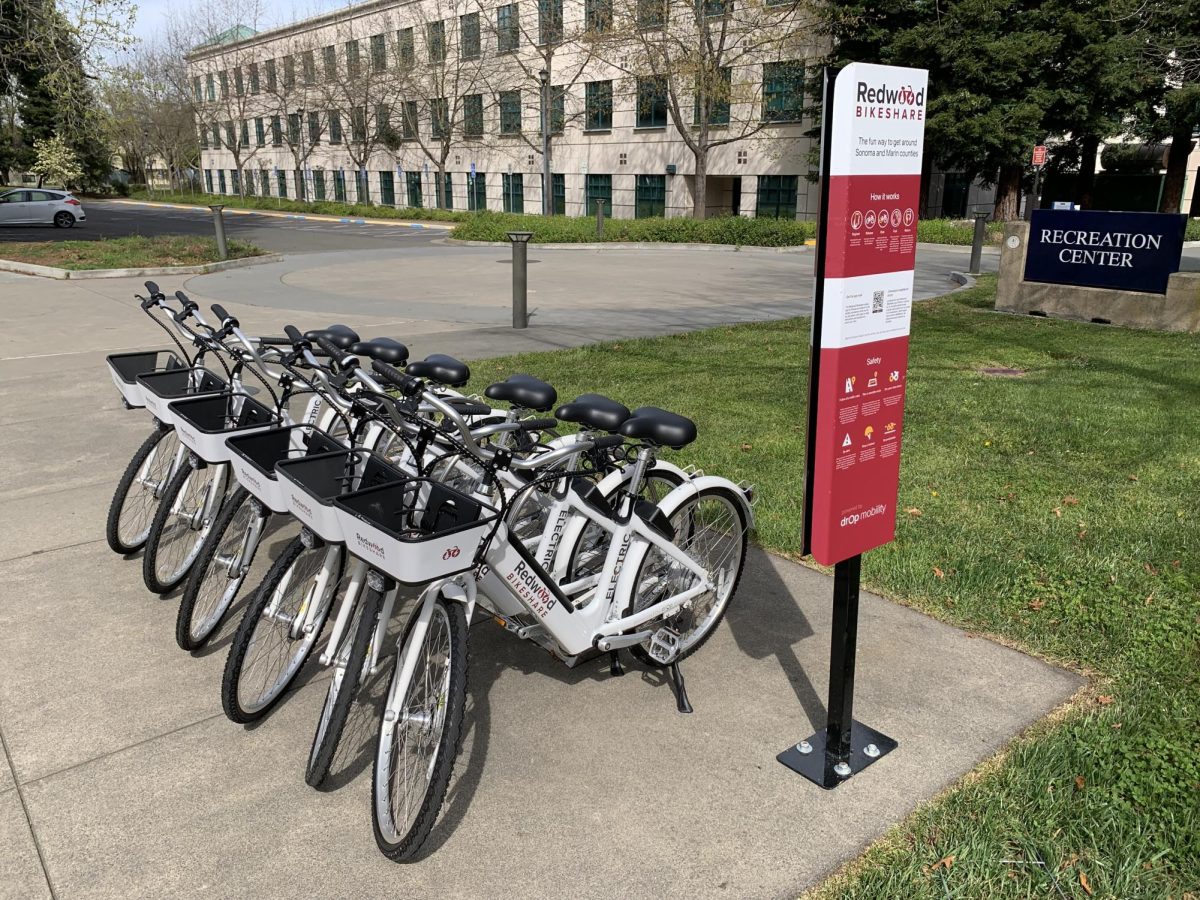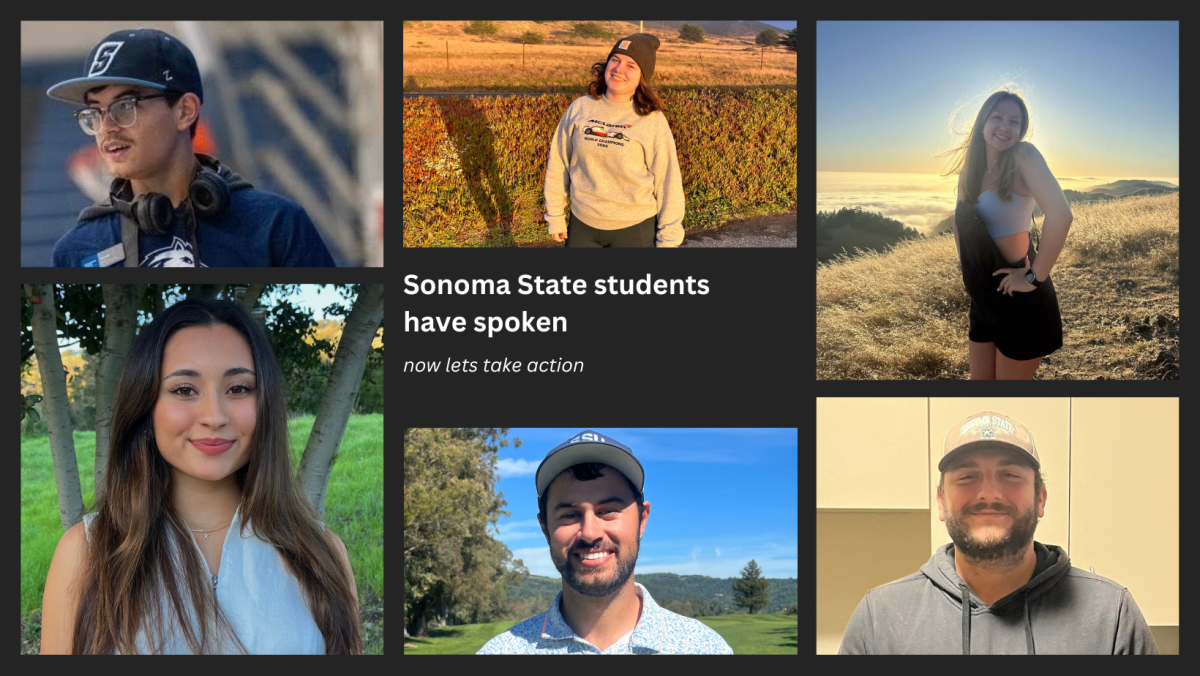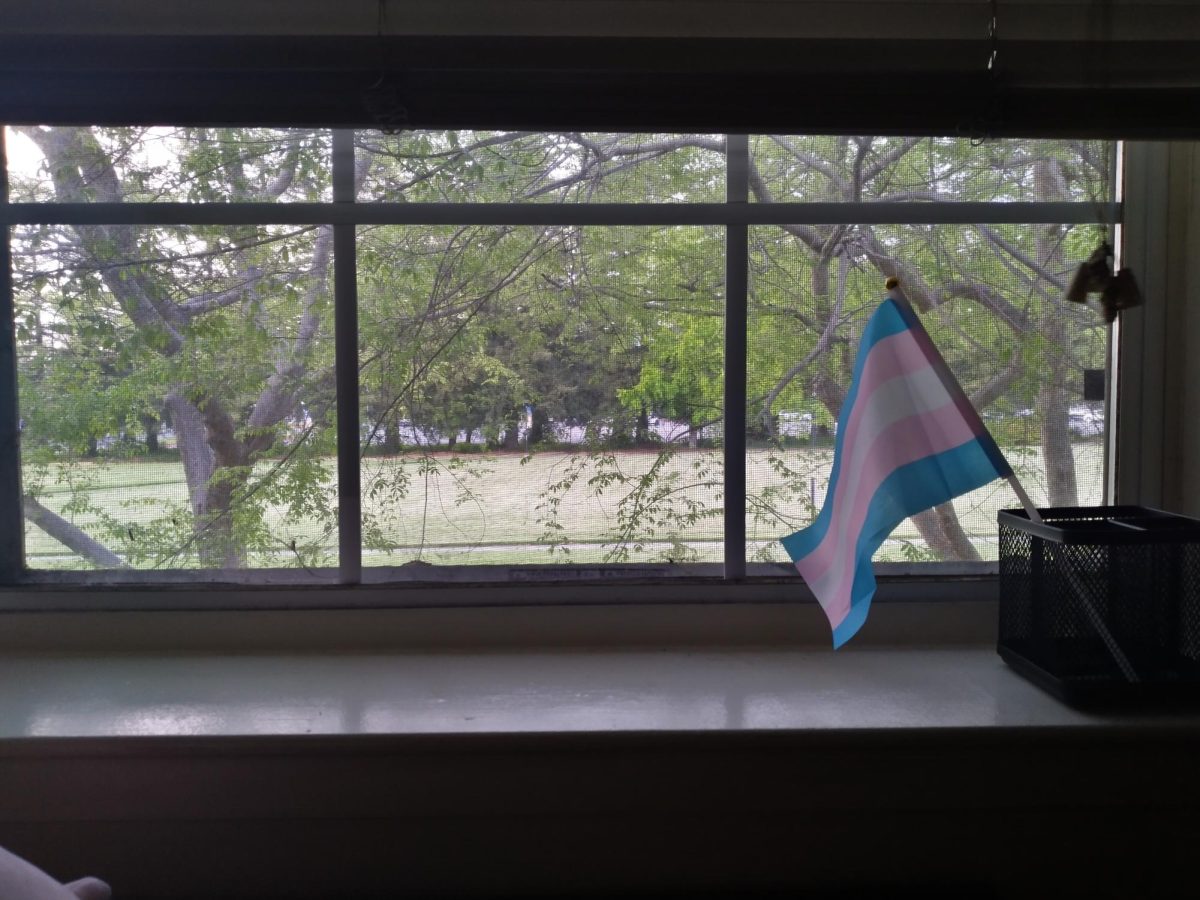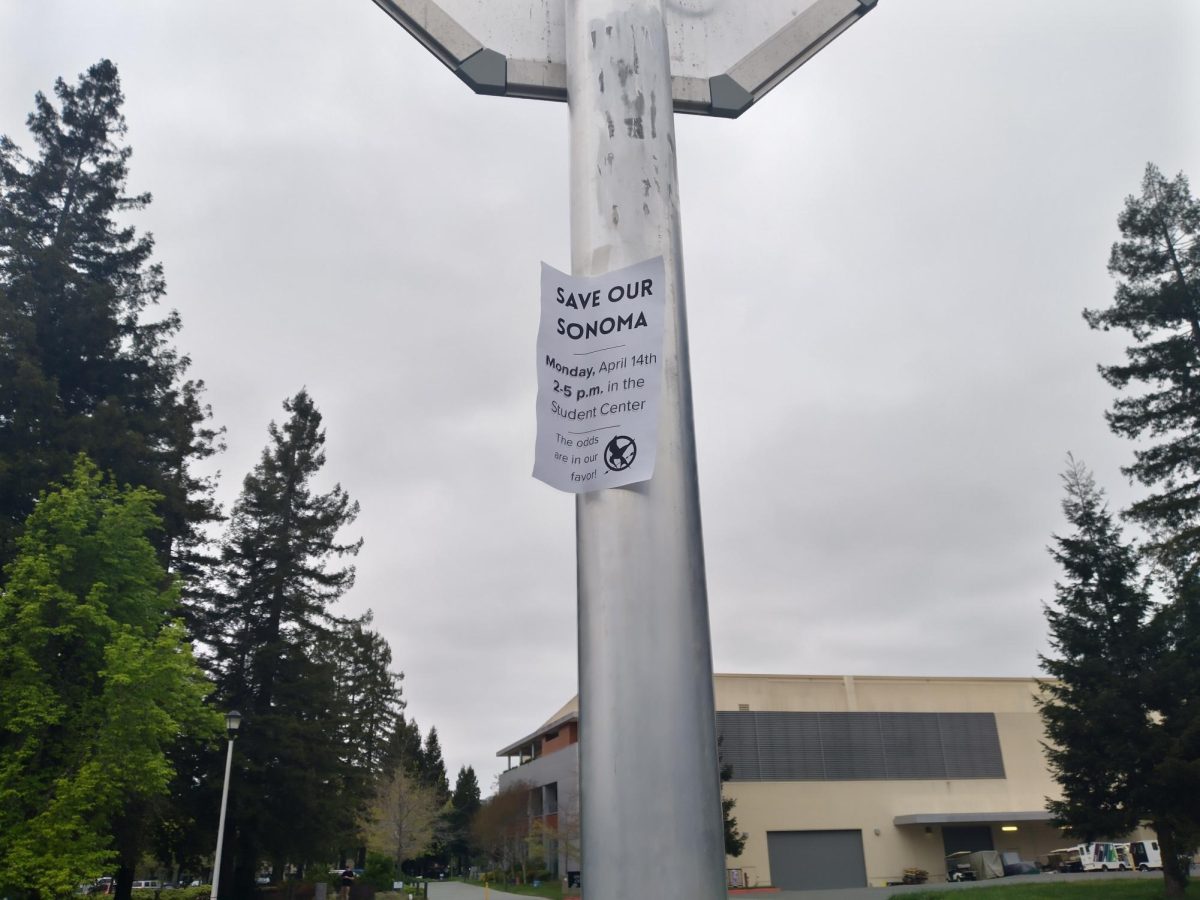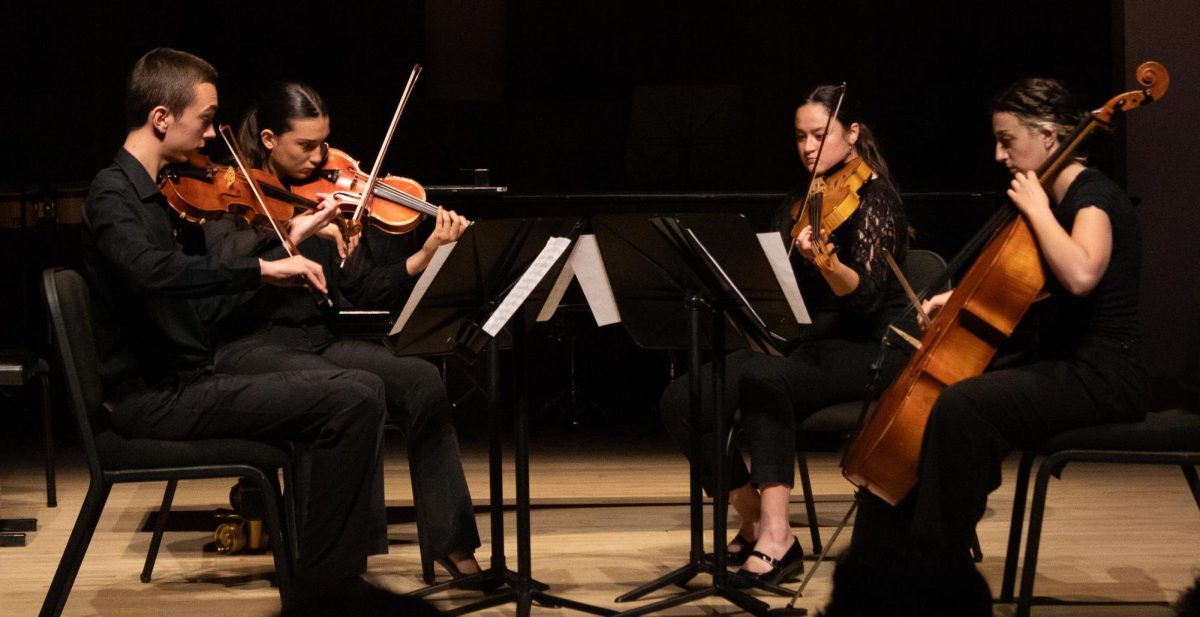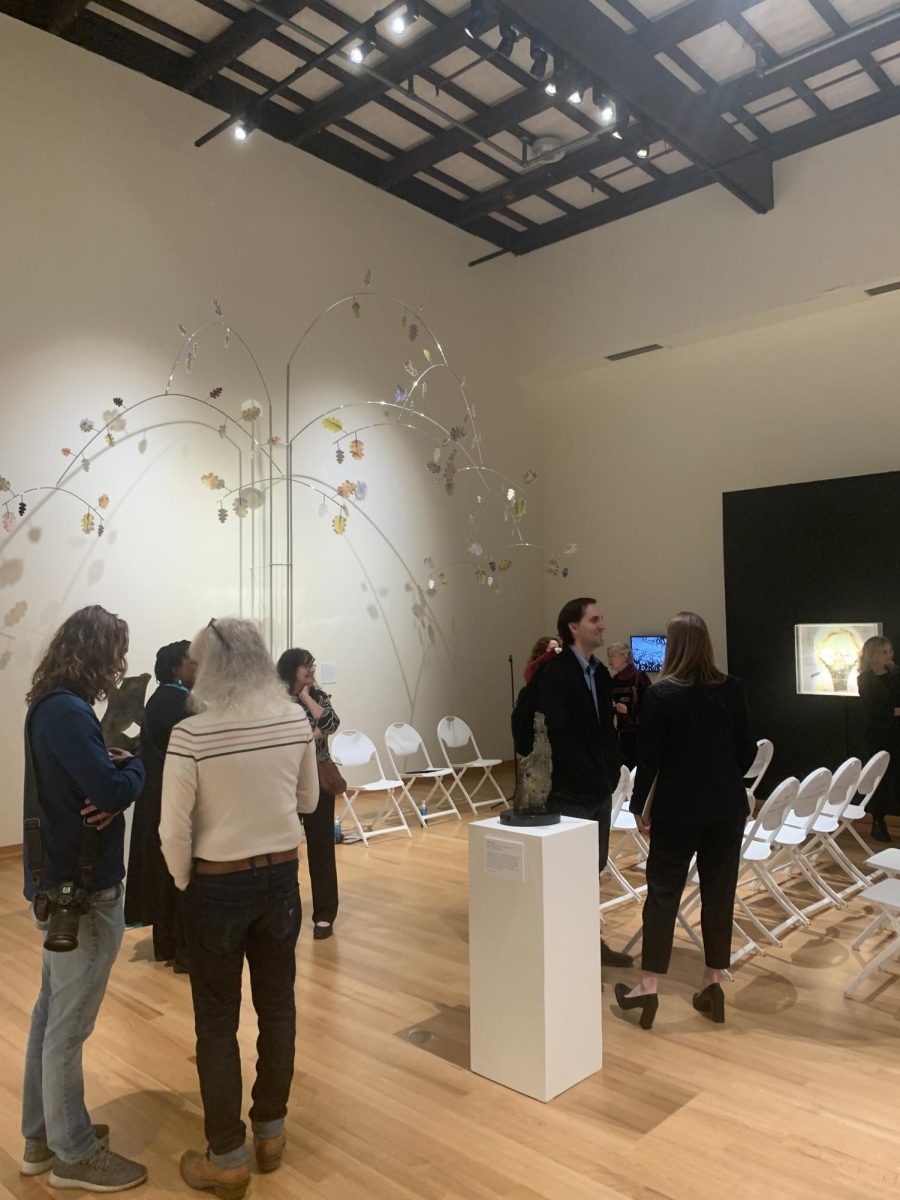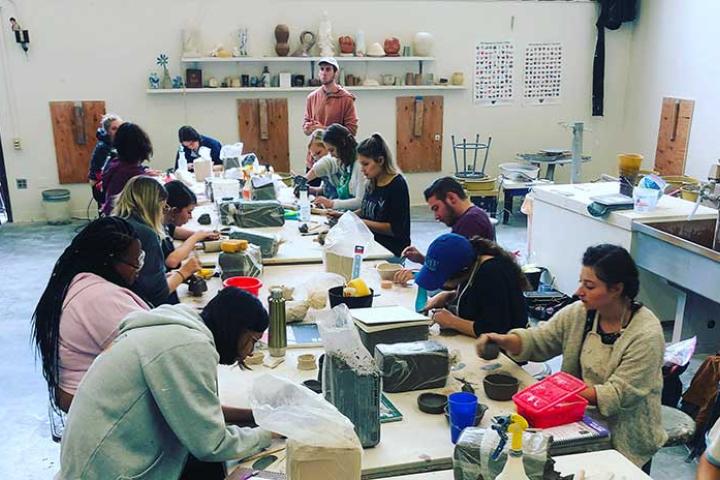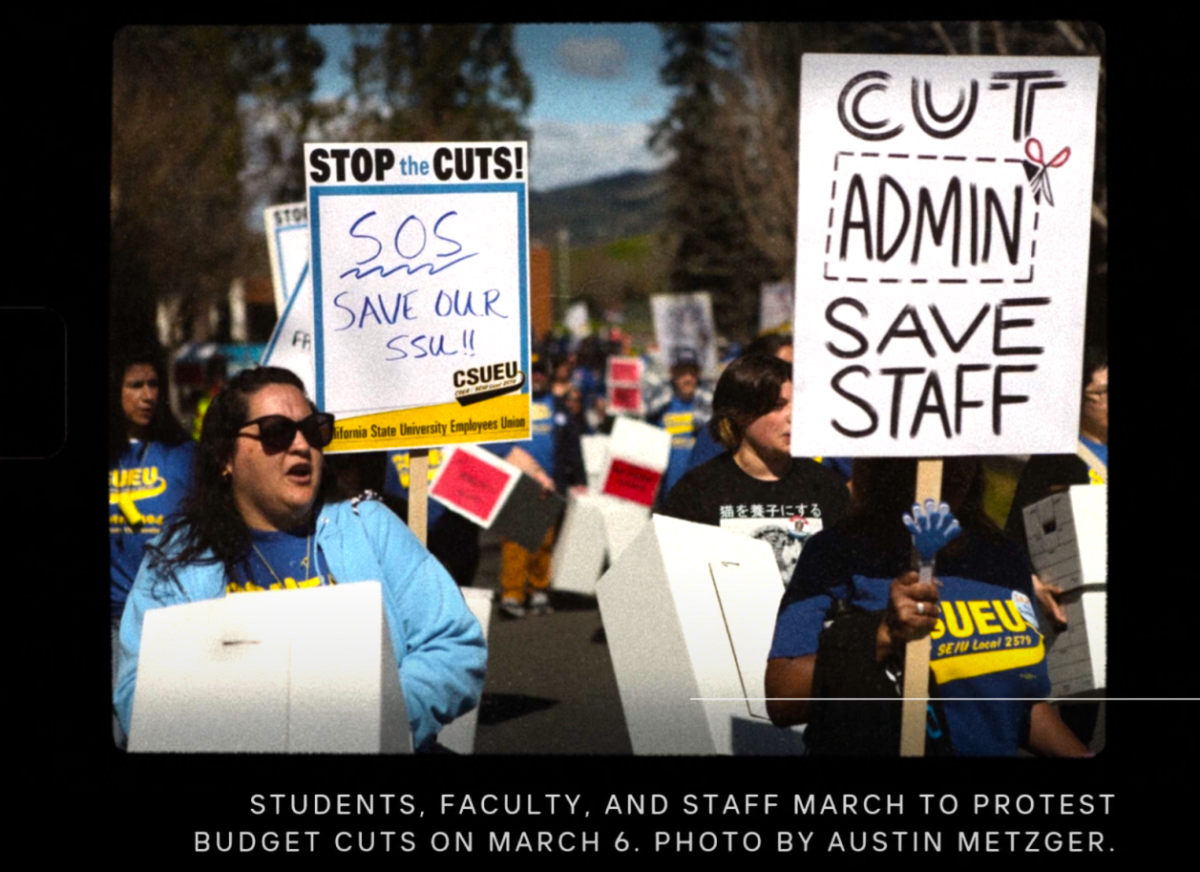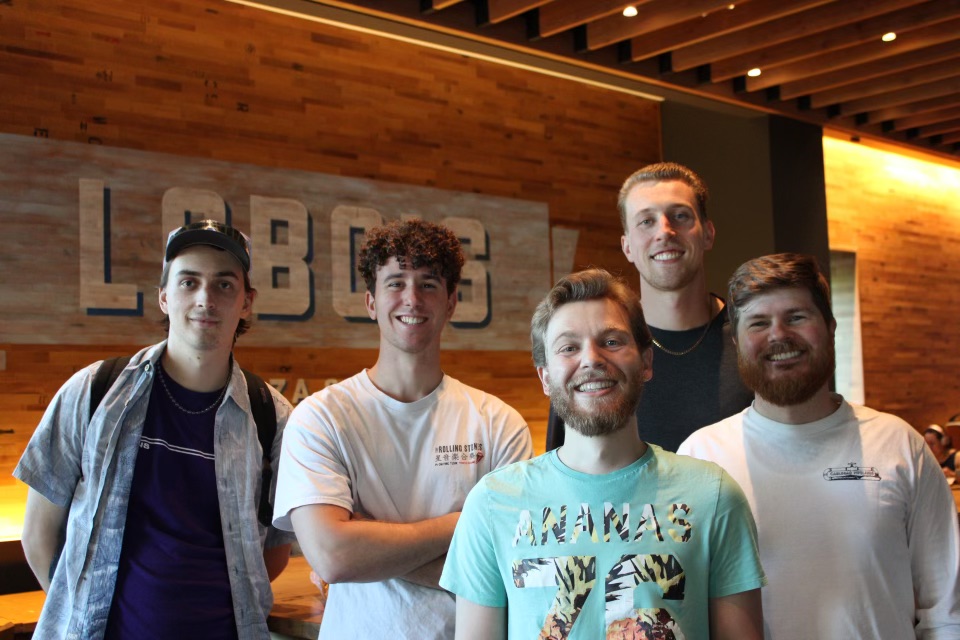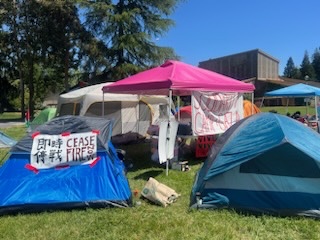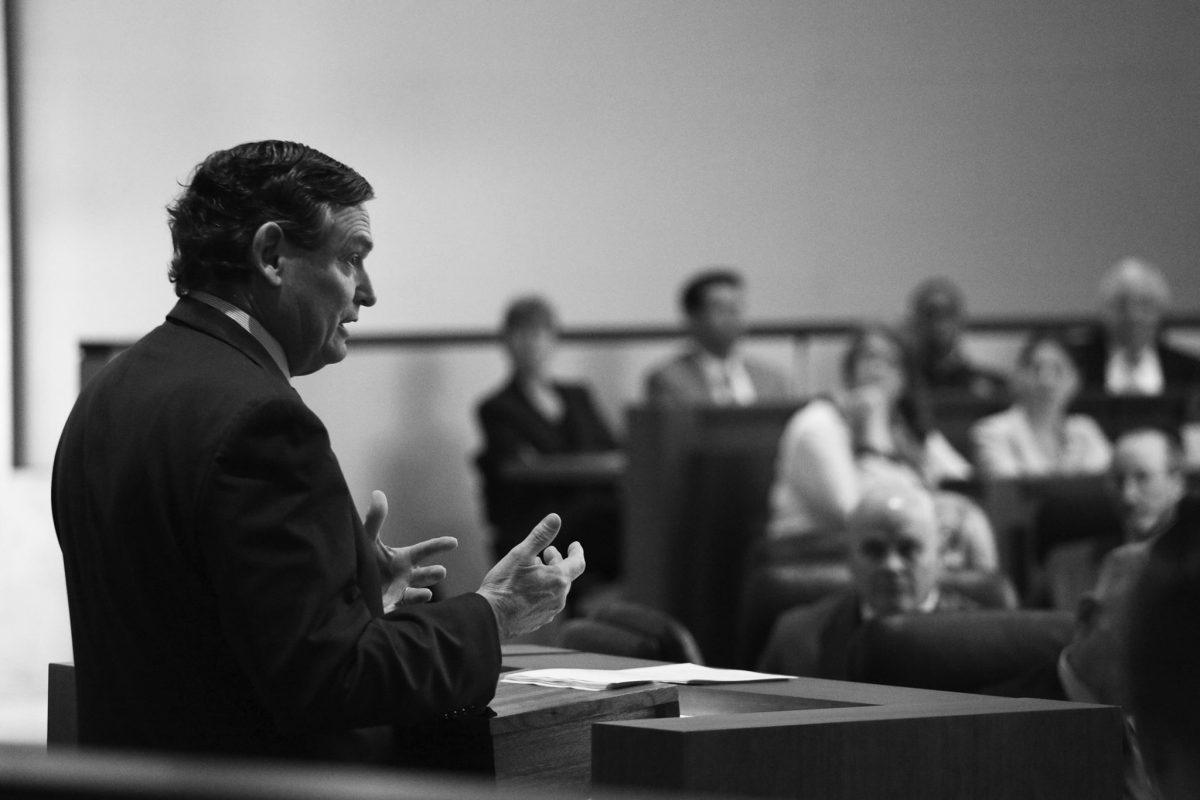Last week, California State University Chancellor Timothy White delivered the first State of the CSU Address (see pg. 1). Perhaps the most notable highlight was his promise of a $50 million investment into the system, which would be allocated toward new faculty hires, better advising and alleviating bottleneck courses.
Sound familiar?
With Sonoma State’s administration continuing discussions of a potential “Academic Success” fee (see pg. 1), which we are told would be targeted toward the same things on our campus, it’s nice to hear that both our own administration and the chancellor himself are recognizing the need for a high-quality education.
Some of us older students can’t help but wish we were a few years younger, having seen our tuition increase by more than $1,000 over the past four years. But we’re also skeptical – can throwing more money at this public education system really be the end-all solution to all of the CSU’s problems? Below are three parts of White’s speech that resonated with us the strongest.
White: The Public Policy Institute of California, among others, has estimated that our state will need about 60,000 more baccalaureate degrees per year to reach the goal of 1 million additional college graduates by 2025. And this goal was set to sustain our leadership in the knowledge based global economy in which we compete. To meet this goal requires a rate of degree production that’s about 40 percent higher than current levels.
Not to sound pessimistic – of course we’d like everyone in the state of California to have access to one of the cheapest degrees in the country – but this goes very much at odds against what we’re told about the job market every day.
The United States ranks 33rd in reading skills, 27th in math and 22nd in science. Outstanding student debt in the U.S. has hit $1 trillion. In an economy as unstable as today’s, it’s unlikely that anyone attending a university in our generation will escape from their experience without being saddled by crippling debt or being stuck in jobs that don’t even come close to balancing it out.
So, while it’s nice to fight the battle in our own backyard, in order for us to truly make an economic impact by having 1 million college graduates by 2025, it’s going to take more than just California to prioritize education.
White: For us to meet our state’s projected workforce need and help grow our economy, the revitalization process requires all of us to work together to contribute to this vision of student achievement and completion. The seven key areas include: tenure-track faculty hiring, enhanced advising, bottleneck initiative, student preparation, high-impact practices, expand data-driven decision making, and bolster transfer degree completion rates.
Many of us are full-time students paying more than $7,000 each year for our college degrees at Sonoma State – which could increase even more if the success fee is enacted – so it only stands to reason we deserve a say in how this money is allocated. It’s similar to how older white men in the government try to make decisions about women’s bodies – hopefully the CSU’s intentions are in a much better place, but it also reminds us that these guys haven’t been students in decades and their experiences were vastly different than ours.
For example, while this certainly isn’t the case for all tenured faculty, students in different majors constantly complain about some tenure-track faculty who come across as unprepared, uncaring or out of touch with students. It would be nice to have a more stable amount of permanent professors, but our past experience is just one example of how these decisions to allocate money should be carefully made with our input in mind. We hope both the chancellor and our own administration make a conscious effort to make decisions about our education while taking into account what we think.
White: Moving forward with partners is the only way we can do this so we will be working hand-in-hand with them. Look for us to reach out further with policy makers in Sacramento and Washington DC, colleagues in P-12, community colleges, and the University of California, business and community organizations, our Trustees, faculty, staff and students. We will also reach out to the public-at-large, because after all they are the ultimate shareholders – we will keep them informed of the outcomes from their investment, and the care we take as stewards of this remarkable university.
If this is true, it hopefully means the visible end of the notion that higher education is a privilege and not a right. The value of our degree is laughable in the face of other countries – it’s one of the key components in the United States’ demise as the leading country in the world. It will take some time – more than 10 years, according to White – but it very well could lead to the end of outrageous student debt and a more diverse, effective workforce. We just have to hope the rest of the country will eventually agree.




